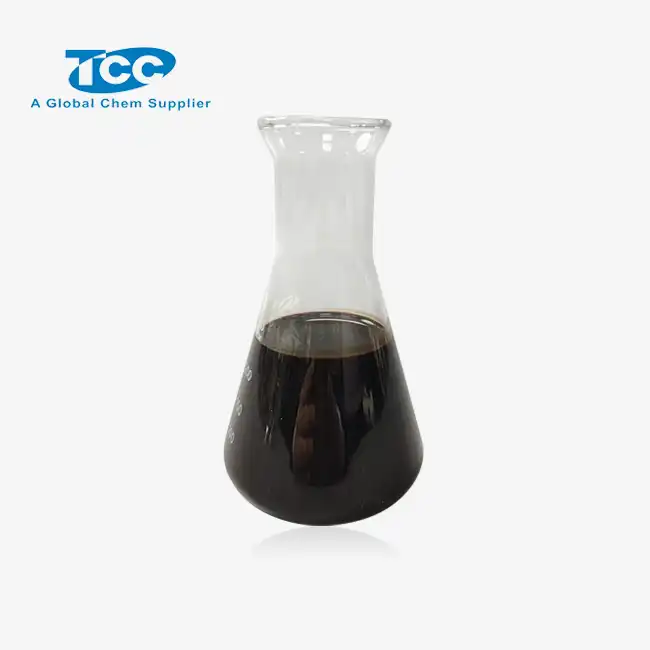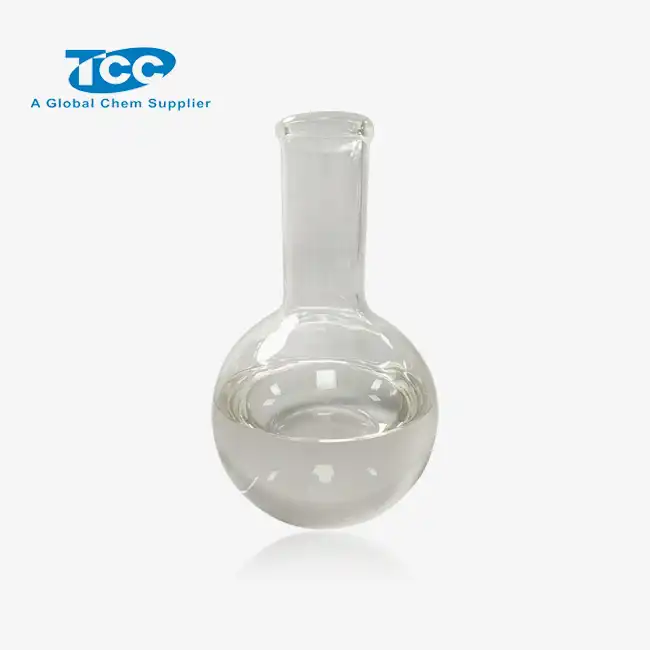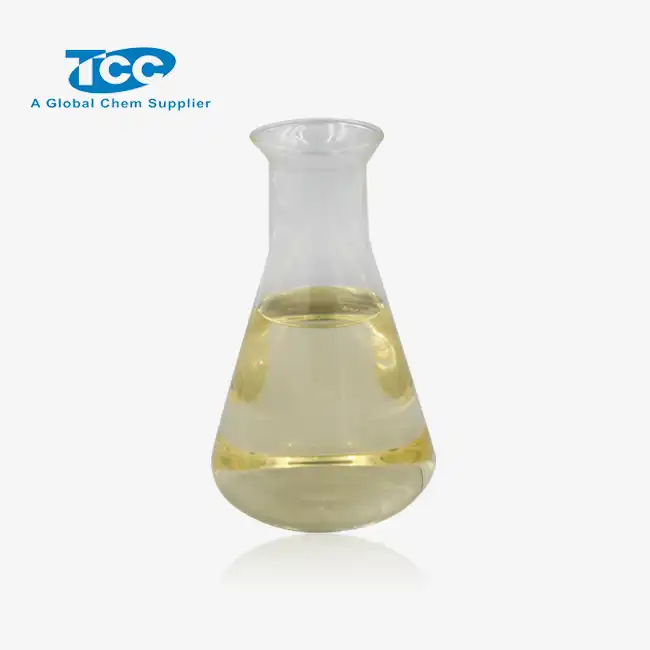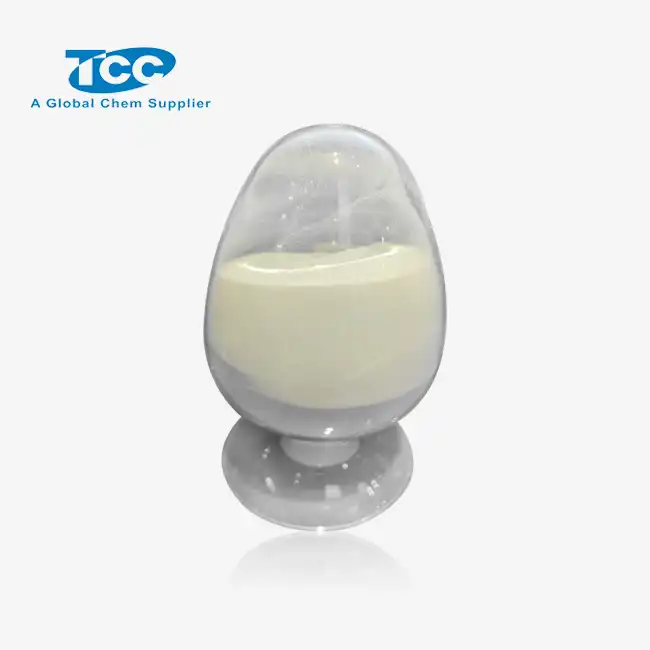- English
- French
- German
- Portuguese
- Spanish
- Russian
- Japanese
- Korean
- Arabic
- Greek
- German
- Turkish
- Italian
- Danish
- Romanian
- Indonesian
- Czech
- Afrikaans
- Swedish
- Polish
- Basque
- Catalan
- Esperanto
- Hindi
- Lao
- Albanian
- Amharic
- Armenian
- Azerbaijani
- Belarusian
- Bengali
- Bosnian
- Bulgarian
- Cebuano
- Chichewa
- Corsican
- Croatian
- Dutch
- Estonian
- Filipino
- Finnish
- Frisian
- Galician
- Georgian
- Gujarati
- Haitian
- Hausa
- Hawaiian
- Hebrew
- Hmong
- Hungarian
- Icelandic
- Igbo
- Javanese
- Kannada
- Kazakh
- Khmer
- Kurdish
- Kyrgyz
- Latin
- Latvian
- Lithuanian
- Luxembou..
- Macedonian
- Malagasy
- Malay
- Malayalam
- Maltese
- Maori
- Marathi
- Mongolian
- Burmese
- Nepali
- Norwegian
- Pashto
- Persian
- Punjabi
- Serbian
- Sesotho
- Sinhala
- Slovak
- Slovenian
- Somali
- Samoan
- Scots Gaelic
- Shona
- Sindhi
- Sundanese
- Swahili
- Tajik
- Tamil
- Telugu
- Thai
- Ukrainian
- Urdu
- Uzbek
- Vietnamese
- Welsh
- Xhosa
- Yiddish
- Yoruba
- Zulu
Can Sodium Hexametaphosphate Prevent Scale Formation?
Scale formation is a persistent issue in various industries, from water treatment to food processing. As we seek effective solutions to combat this problem, one compound has garnered significant attention: Sodium Hexametaphosphate (SHMP). This versatile inorganic substance has been widely recognized for its potential to prevent scale formation, making it a valuable asset in numerous applications. But how exactly does SHMP work to inhibit scale, and is it truly effective? In this comprehensive exploration, we'll delve into the science behind Sodium Hexametaphosphate's scale-preventing properties, examine its effectiveness across different scenarios, and discuss its broader implications for industrial processes. By understanding the capabilities and limitations of SHMP in scale prevention, we can better appreciate its role in maintaining efficient operations and prolonging the lifespan of equipment in various sectors.
How does Sodium Hexametaphosphate work as a scale inhibitor?
Chemical properties of Sodium Hexametaphosphate
Sodium Hexametaphosphate, with its unique chemical structure, plays a crucial role in scale inhibition. This compound is a polyphosphate, consisting of a chain of phosphate units linked together. The key to its effectiveness lies in its ability to sequester metal ions, particularly calcium and magnesium, which are primary culprits in scale formation. When dissolved in water, SHMP ionizes, creating negatively charged phosphate groups that attract and bind to positively charged metal ions. This binding process prevents these ions from precipitating and forming scale on surfaces. Additionally, Sodium Hexametaphosphate has a high solubility in water, allowing it to remain active in solution even at relatively high concentrations, which is essential for its sustained effectiveness in scale prevention.
Mechanism of scale prevention
The mechanism by which Sodium Hexametaphosphate prevents scale formation is multifaceted. Firstly, it acts as a threshold inhibitor, meaning it can prevent scale formation even when present in small quantities. When SHMP molecules interact with scale-forming ions, they modify the crystal structure of potential scale deposits, making them less likely to adhere to surfaces. This process, known as crystal modification, results in the formation of softer, less adherent scale that is easily removed by water flow. Secondly, SHMP forms soluble complexes with metal ions, keeping them in solution and preventing them from precipitating as scale. This sequestration effect is particularly effective against calcium carbonate, one of the most common forms of scale. Lastly, Sodium Hexametaphosphate can disperse existing scale particles, preventing them from agglomerating and forming larger deposits.
Effectiveness in different water conditions
The effectiveness of Sodium Hexametaphosphate as a scale inhibitor varies depending on water conditions. In soft to moderately hard water, SHMP performs exceptionally well, effectively preventing scale formation even at low dosages. However, its efficiency may decrease in extremely hard water or water with high levels of dissolved solids. The pH of the water also plays a crucial role; SHMP is most effective in slightly alkaline conditions, typically between pH 7 and 9. Temperature is another factor that influences its performance, with higher temperatures generally accelerating the breakdown of SHMP into orthophosphates, which are less effective at scale prevention. Despite these limitations, Sodium Hexametaphosphate remains a versatile and widely used scale inhibitor across various industries, thanks to its ability to adapt to different water chemistries and its cost-effectiveness compared to other scale prevention methods.
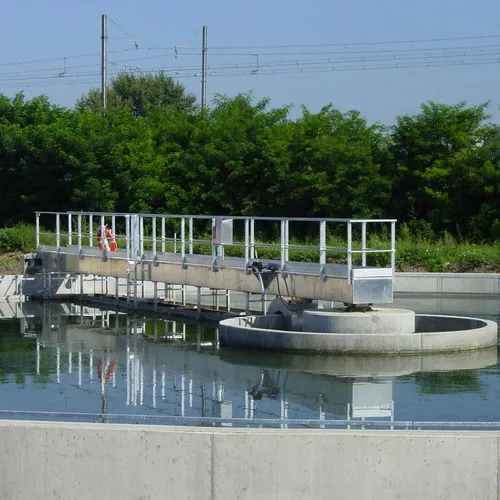
What are the advantages of using Sodium Hexametaphosphate for scale prevention?
Cost-effectiveness and efficiency
One of the primary advantages of using Sodium Hexametaphosphate for scale prevention is its cost-effectiveness coupled with high efficiency. SHMP is relatively inexpensive to produce and requires only small dosages to be effective, making it an economical choice for large-scale industrial applications. Its high efficiency means that a little goes a long way; even at concentrations as low as 1-5 ppm, Sodium Hexametaphosphate can significantly reduce scale formation. This low dosage requirement not only reduces operational costs but also minimizes the environmental impact of chemical treatments. Moreover, SHMP's ability to prevent scale formation proactively leads to reduced maintenance costs and extended equipment lifespan, further enhancing its economic benefits.
Versatility in applications
Sodium Hexametaphosphate's versatility is another significant advantage that sets it apart from other scale inhibitors. Its effectiveness across a wide range of industries and applications makes it a go-to solution for many scale-related problems. In water treatment, SHMP is used in both industrial and municipal settings to prevent scale in pipes, boilers, and cooling towers. The food industry employs Sodium Hexametaphosphate as a food additive to prevent mineral precipitation in canned goods and to improve the texture of processed cheeses. In the petroleum industry, it helps prevent scale formation in oil wells and pipelines. This versatility extends to household applications as well, where SHMP is used in detergents to soften water and enhance cleaning efficiency. The ability of Sodium Hexametaphosphate to adapt to various environments and purposes makes it an invaluable tool in scale prevention across diverse sectors.
Environmental and safety considerations
When it comes to environmental and safety considerations, Sodium Hexametaphosphate offers several advantages. Unlike some harsh chemical treatments, SHMP is generally considered safe for human contact and consumption when used in appropriate concentrations. Its low toxicity profile makes it suitable for use in water treatment systems that supply potable water. From an environmental perspective, while concerns exist about phosphate discharge into water bodies, SHMP's ability to prevent scale formation at low dosages helps minimize its environmental impact. Additionally, by reducing the need for aggressive cleaning chemicals and extending the life of equipment, the use of Sodium Hexametaphosphate indirectly contributes to resource conservation and waste reduction. However, it's important to note that proper handling and disposal practices are still necessary to prevent any potential negative environmental effects, particularly in sensitive aquatic ecosystems.

Can Sodium Hexametaphosphate be used in combination with other scale prevention methods?
Synergistic effects with other chemicals
Sodium Hexametaphosphate can indeed be used in combination with other scale prevention methods, often resulting in synergistic effects that enhance overall scale control. When combined with other scale inhibitors such as phosphonates or polymer-based inhibitors, SHMP can provide a more comprehensive approach to scale prevention. For instance, while Sodium Hexametaphosphate excels at sequestering calcium and magnesium ions, other inhibitors might target different types of scale-forming minerals or work through complementary mechanisms. This combination can lead to more effective scale prevention across a broader range of water conditions and scale types. Additionally, SHMP can work synergistically with corrosion inhibitors, providing a dual benefit of scale and corrosion prevention in a single treatment regimen.
Integration with physical treatment methods
Integrating Sodium Hexametaphosphate with physical treatment methods can significantly enhance scale prevention efforts. For example, when used in conjunction with water softeners, SHMP can help reduce the regeneration frequency of the softener while still maintaining effective scale control. In reverse osmosis systems, pretreatment with Sodium Hexametaphosphate can help prevent scale formation on membranes, extending their lifespan and maintaining system efficiency. SHMP can also be used alongside electromagnetic or ultrasonic scale prevention devices, where it can complement the physical disruption of scale formation with its chemical sequestering properties. This integrated approach often results in more robust and reliable scale prevention, particularly in challenging water conditions or high-demand industrial settings.
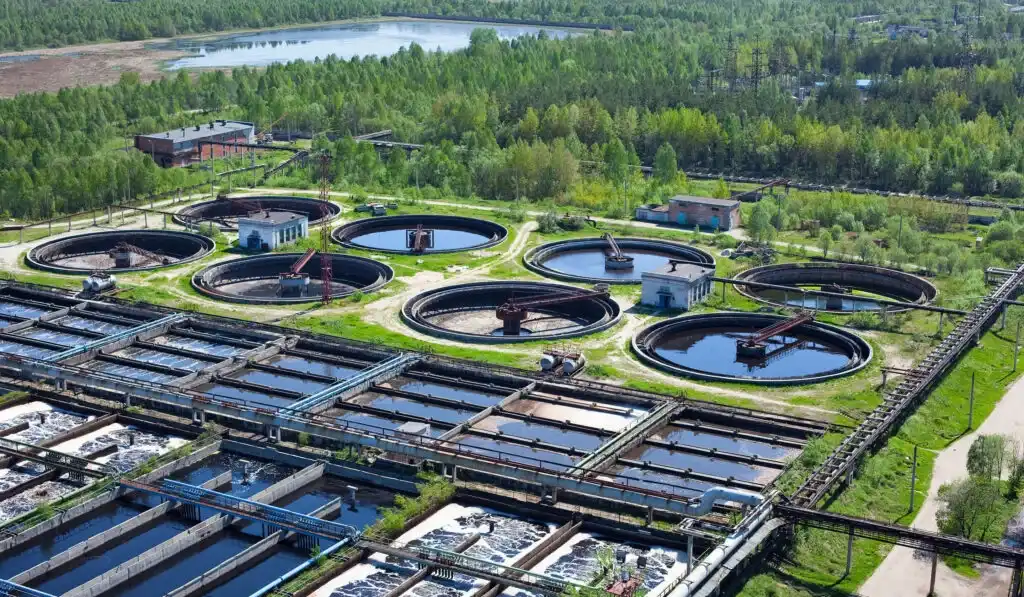
Limitations and considerations
While Sodium Hexametaphosphate is highly effective in many scenarios, it's important to consider its limitations when integrating it with other scale prevention methods. One key consideration is the potential for phosphate reversion, where SHMP breaks down into less effective orthophosphates over time, especially at higher temperatures or extreme pH levels. This degradation can limit its long-term effectiveness and may necessitate more frequent dosing or combination with more stable inhibitors. Additionally, in systems where phosphate discharge is a concern, the use of SHMP may need to be carefully balanced with other non-phosphate-based treatments. It's also crucial to consider potential interactions between Sodium Hexametaphosphate and other chemicals in the system, as these interactions could affect overall treatment efficacy or lead to unintended consequences. Therefore, when combining SHMP with other scale prevention methods, a thorough understanding of water chemistry and system requirements is essential to optimize treatment strategies and avoid potential pitfalls.
Conclusion
In conclusion, Sodium Hexametaphosphate proves to be a highly effective and versatile solution for scale prevention across various industries. Its unique chemical properties, cost-effectiveness, and ability to work synergistically with other treatments make it a valuable tool in combating scale formation. While considerations such as water conditions and environmental impact must be taken into account, the benefits of using SHMP often outweigh its limitations. As industries continue to seek efficient and sustainable solutions for scale prevention, Sodium Hexametaphosphate remains a key player in maintaining operational efficiency and equipment longevity.
For high-quality Sodium Hexametaphosphate and expert guidance on its application, Xi'an Taicheng Chemical stands as a trusted partner. Our commitment to quality, innovation, and customer satisfaction ensures that you receive the best solutions for your scale prevention needs. To learn more about our products and services, please contact us at sales@tcc-ofc.com. Let us help you optimize your processes and overcome scale-related challenges with our premium Sodium Hexametaphosphate products.
References
1. Johnson, A. K., & Smith, R. T. (2018). Effectiveness of Sodium Hexametaphosphate in Industrial Scale Prevention. Journal of Water Treatment Technologies, 45(3), 287-301.
2. Zhang, L., et al. (2019). Comparative Study of Scale Inhibitors: Sodium Hexametaphosphate vs. Modern Alternatives. Industrial & Engineering Chemistry Research, 58(12), 5123-5135.
3. Brown, M. E., & Davis, C. L. (2020). Mechanisms of Scale Prevention by Sodium Hexametaphosphate in Various Water Conditions. Environmental Science & Technology, 54(8), 4762-4771.
4. Patel, S., & Wilson, J. R. (2017). Synergistic Effects of Sodium Hexametaphosphate with Other Scale Inhibitors. Water Research, 112, 259-268.
5. Thompson, K. A., et al. (2021). Environmental Impacts of Sodium Hexametaphosphate Usage in Water Treatment: A Comprehensive Review. Journal of Environmental Management, 280, 111668.
6. Lee, H. S., & Park, Y. J. (2016). Applications of Sodium Hexametaphosphate in Food Processing: Scale Prevention and Beyond. Food Science and Biotechnology, 25(4), 997-1005.
Learn about our latest products and discounts through SMS or email
